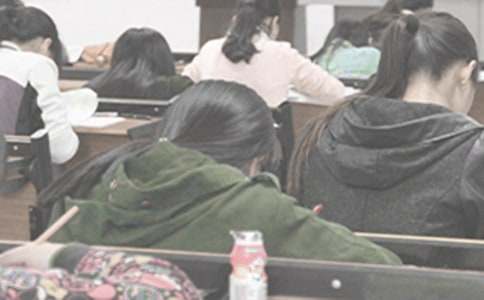托福考试阅读理解预测题
练习托福阅读理解是考生备考不可缺少的,尤其是在后期要多进行一些预测题的练习,下面,小编为大家送上一篇托福考试阅读理解预测题。

Molting is one of the most involved processes of a bird's annual life cycle. Notwithstanding preening and constant care, the marvelously intricate structure of a bird's feather inevitably wears out. All adult birds molt their feathers at least once a year, and upon close observation, one can recognize the frayed, ragged appearance of feathers that are nearing the end of their useful life. Two distinct processes are involved in molting. The first step is when the old, worn feather is dropped, or shed. The second is when a new feather grows in its place. When each feather has been shed and replaced, then the molt can be said to be complete. This, however, is an abstraction that often does not happen: incomplete, overlapping, and arrested molts are quite common.
Molt requires that a bird find and process enough protein to rebuild approximately one-third of its body weight. It is not surprising that a bird in heavy molt often seems listless and unwell. But far from being random, molt is controlled by strong evolutionary forces that have established an optimal time and duration. Generally, molt occurs at the time of least stress on the bird. Many songbirds, for instance, molt in late summer, when the hard work of breeding is done but the weather is still warm and food still plentiful. This is why the woods in late summer often seem so quiet, when compared with the exuberant choruses of spring.
Molt of the flight feathers is the most highly organized part of the process. Some species, for example, begin by dropping the outermost primary feathers on each side (to retain balance in the air) and wait until the replacement feathers are about one-third grown before shedding the next outermost, and so on. Others always start with the innermost primary feathers and work outward. Yet other species begin in the middle and work outward on both sides. Most ducks shed their wing feathers at once, and remain flightless for two or three weeks while the replacement feathers grow.
1. The passage mainly discusses how
(A) birds prepare for breeding
(B) bird feathers differ from species
(C) birds shed and replace their feathers
(D) birds are affected by seasonal changes
2. The word "Notwithstanding" in line 2 is closest in meaning to
(A) despite
(B) because of
(C) instead of
(D) regarding
3. The word "intricate" in line 2 is closest in meaning to
(A) regular
(B) complex
(C) interesting
(D) important
4. The word "random" in line 12 is closest in meaning to
(A) unfortunate
(B) unusual
(C) unobservable
(D) unpredictable
5. The word "optimal" in line 13 is closest in meaning to
(A) slow
(B) frequent
(C) best
(D) early
6. Which of the following is NOT mentioned as a reason that songbirds molt in the late summer?
(A) Fewer predators are in the woods.
(B) The weathers are still warm.
(C) The songbirds have finished breeding.
(D) Food is still available.